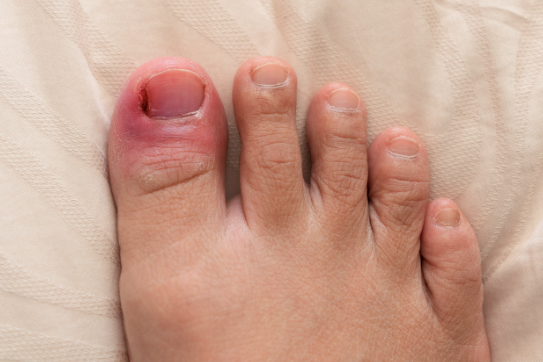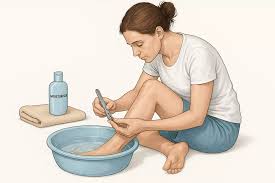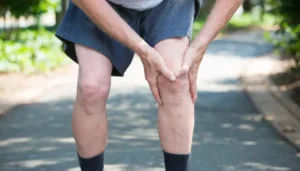An ingrown toenail occurs when the edge of a toenail grows into the skin beside it. This often involves the big toe, but any toe may be affected. Symptoms can develop slowly, starting with mild tenderness and sometimes progressing to redness, swelling, or discomfort. Learning what causes ingrown toenails and how to avoid them is a helpful step toward taking good care of your feet. Here are some ways to prevent ingrown toenails:
Trim Toenails Properly
Regular trimming keeps your toes tidy, but the technique you use is just as meaningful as how often you do it. Nails trimmed too short or rounded off at the corners allow the surrounding skin to fold over the nail’s edge. Over time, the nail might begin growing into the skin, which leads to soreness or other complications.
To reduce this risk, cut each toenail straight across using clean, sharp clippers made specifically for toenails. Avoid cutting them too short and try to match the length of the nail with the edge of your toe. Using a file after clipping helps smooth any sharp or uneven edges. It’s also helpful to trim your toenails after bathing, as nails are softer and less likely to split or break.
Wear Well-Fitting Shoes
Choosing appropriate footwear can influence whether ingrown toenails develop. Shoes or socks that are too snug create continuous pressure on the toes, pushing the nail edges into the skin. High-heeled or narrow-toed shoes are common sources of this persistent pressure.
To avoid this, pick shoes with a wide and roomy toe box so your toes sit flat and have enough room to move naturally. Trying on new shoes late in the day, when your feet are slightly larger from normal daily activities, may help you find a pair that fits comfortably in all situations. Socks should allow your toes to move and should not bunch up at the tips.
If you participate in sports or spend long hours on your feet, choose shoes that are designed for your activity. For athletes, custom-fitted sports shoes help make sure the feet are supported without unnecessary pressure. Swapping out footwear regularly to let your feet breathe and dry out helps reduce moisture build-up.
Manage Foot Injuries
Injuries to your toes create an opportunity for ingrown toenails to develop. Accidental trauma, such as stubbing your toe on a piece of furniture or having an object drop onto your foot, may push the nail into the skin. People who participate in activities involving frequent starting, stopping, or kicking, like soccer or running, face a higher risk for these minor but repetitive foot injuries.
If you work in construction or a similar field with a risk of toe injuries, invest in sturdy, protective footwear, such as steel-toed boots. Athletic shoes should fit securely but not constrict the toes; this helps limit the repetitive impact experienced during sports or exercise. After an accident or injury, closely watch your toes as they recover. If you notice swelling, pain, or a visible shift in the way the nail grows, take steps early to manage the situation. Cleaning the area and protecting the toe from further impact during healing may reduce your risk of long-term discomfort.
Treat Ingrown Toenails Today
An ingrown toenail may develop slowly or quickly, and even mild discomfort can become more severe if left unaddressed. Monitoring your feet and toes, and using good hygiene and grooming habits, often helps reduce the chance of issues developing. If you do develop symptoms, seek advice from a foot care professional to understand your options and put you on the path to recovery. Contact a foot and ankle specialist today to make an appointment.














